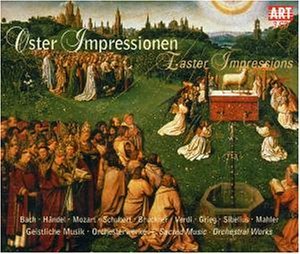
description
d Quarto Journal collection, combining beautiful art with high-quality production: bleed-proof, acid-free FSC pages, a pocket, ribbon bookmarks and a magnetic flap. Perfect as a gift or for all notetakers, list-makers and journal users. A FLAME TREE NOTEBOOK. Beautiful and luxurious the Foiled Quarto Journals combine high-quality production and FSC pages with magnificent art. Perfect as a gift, and an essential personal choice for writers, notetakers, list-makers, travellers, students, poets and diarists. Features a wide range of well-known and modern artists, with new artworks published throughout the year. A NEW SERIES. The Quarto format is named after the earliest form of European printed publication, dating back to the 1400s when Gutenberg invented the first moveable-type printing press, heralding a revolution in mass communication, spreading ideas of literature, science and philosophy of the Renaissance. We celebrate this with our range of fine art and contemporary illustrations. BEAUTIFULLY DESIGNED. The highly crafted covers are printed on foil paper, embossed then foil stamped, complemented by the luxury binding and rose red end-papers. The covers are created by our artists and designers who spend many hours transforming original artwork into gorgeous 3d masterpieces that feel good in the hand, and look wonderful on a desk, table, in the hand and in your bag. PRACTICAL, EASY TO USE. Flame Tree Notebooks come with practical features too: the high-quality, 120-gsm lined pages are FSC, Acid Free and Bleed Proof - suitable for all pen types, such as gel and rollerball. A pocket at the back for scraps and receipts, two ribbon markers to help keep track of more than just a to-do list, and a magnetic side flap helps keep everything neat and tidy. THE ARTIST. Born in Kent, William Morris was an outstanding character of many talents, being an architect, writer, social campaigner, artist and, with his Kelmscott Press, an important figure of the Arts and Crafts movement. Many of us probably know him best, however, from his superb furnishings and textile designs, intricately weaving together natural motifs in a highly stylized two-dimensional fashion influenced by medieval conventions. THE FINAL WORD. As William Morris said, "Have nothing in your houses that you do not know to be useful, or believe to be beautiful."
member goods
No member items were found under this heading.
Return Policy
All sales are final
Shipping
No special shipping considerations available.
Shipping fees determined at checkout.







